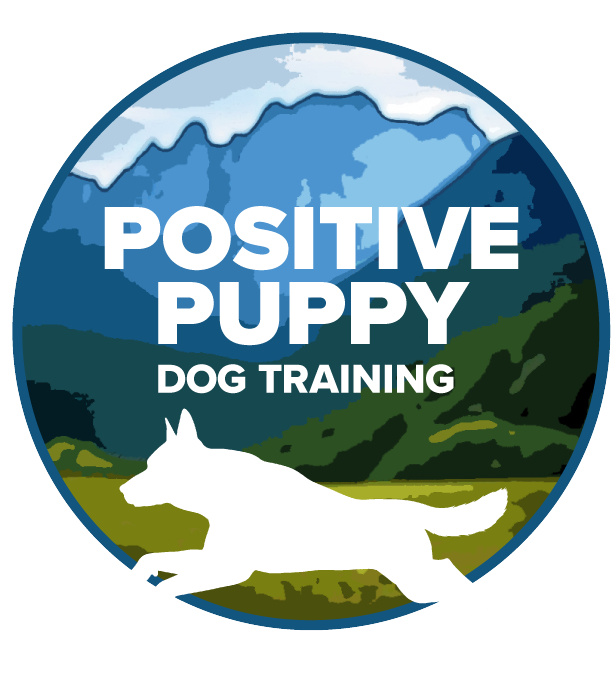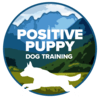Puppy Pause
So much can be done with puppies to PREVENT behavior problems down the road. Not long ago, it was thought that we should start training when puppies were more mature, say about 6 months old. However, there are many things we can do to start puppies off on the right paw long before that, imprinting them positively for the rest of their lives. This imprinting period lasts until the puppy is about 16 weeks old.
I always suggest that people take their puppy home no sooner than 8-9 weeks old. One of the biggest behavior problems so many people face is biting and nipping from puppies that can be very difficult to stop. If we seek breeders or shelters and rescues that do not let puppies go home until they reach that age, then the puppies are allowed to learn some very valuable lessons from their littermates AND their mother . That lesson is “bite inhibition”. Puppies learn bite inhibition in the litter and from mother between the ages of 6 and 8 weeks old during play and weaning. If they are not in their litter during that time, then YOU become the object of the biting and nipping. This is very difficult on many levels, but especially if you have children or live with seniors that might have delicate skin.
Secondly, puppies learn important social skills and how to “communicate” with other dogs when they are with their mother for a longer period of time. They learn basic things like play-bows, and when to leave another dog alone. They learn how to “talk dog” so they can communicate with other dogs appropriately the rest of their lives.
Another important issue is when to start training. Since I occasionally breed litters of German Shepherds for service dog candidates, I have found that puppies as young as 3 weeks old can begin to learn important obedience skills! At that age they begin to like solid foods so I can do positive reinforcement training with them very early using cream cheese. My last litter learned how to “sit”, “down”, “watch me”, “come” and “leave it” by the time they were FIVE WEEKS OLD! I had one puppy earn his AKC Canine Good Citizen at 16 WEEKS OLD!!! They also learned important home life skills like housetraining, how to sit for their meals, sleeping in a crate, and how to yield to people so they accept handling and get out of a human’s way to avoid being stepped on.
Another advantage of early training is that it can make critical socialization much easier. When puppies have skills in yielding and respect – how to sit nicely and watch you – it makes teaching them to sit for petting from people so much easier than trying to stop jumping once it has started. It also helps puppies to be more respectful of other dogs. While socialization with other dogs is so important, it is important to teach puppies how to play NICELY and not to run up to other dogs with disregard for the other dog’s personal space. Just like humans have personal space needs, so do dogs. Puppies that are not taught to sit and wait for an invitation to play can get themselves into trouble later on with a dog that is offended by their over exuberant greetings. THAT can lead to a fight or severe discipline from another dog.
ALL puppies are like little sponges that can learn at very early ages, just like human babies. Waiting until your puppy is 6 months or older can mean that you now have behaviors that have become habitual that must be stopped in addition to learning new skills. So training can actually take longer. Starting from the day you get your puppy, teaching rules and basics is so helpful.
How do you get training for a younger puppy? Find a qualified instructor with well known certifications that can come to your home so you do not needlessly expose your unvaccinated puppy to diseases they may not yet be equipped to handle. Be sure to interview prospective instructors with regard to their experience with young puppies, not just older dogs. And, look for places to get a puppy from that have incorporated the basics such as waiting to send puppies home when they are 8-9 weeks old or older. Ask if the puppy source has encouraged bite inhibition and no jumping, and if possible, find puppies that have been naturally weaned by their mothers. Combining all those suggestions will help you have a puppy that grows into a well adjusted, happy and delightful companion!

